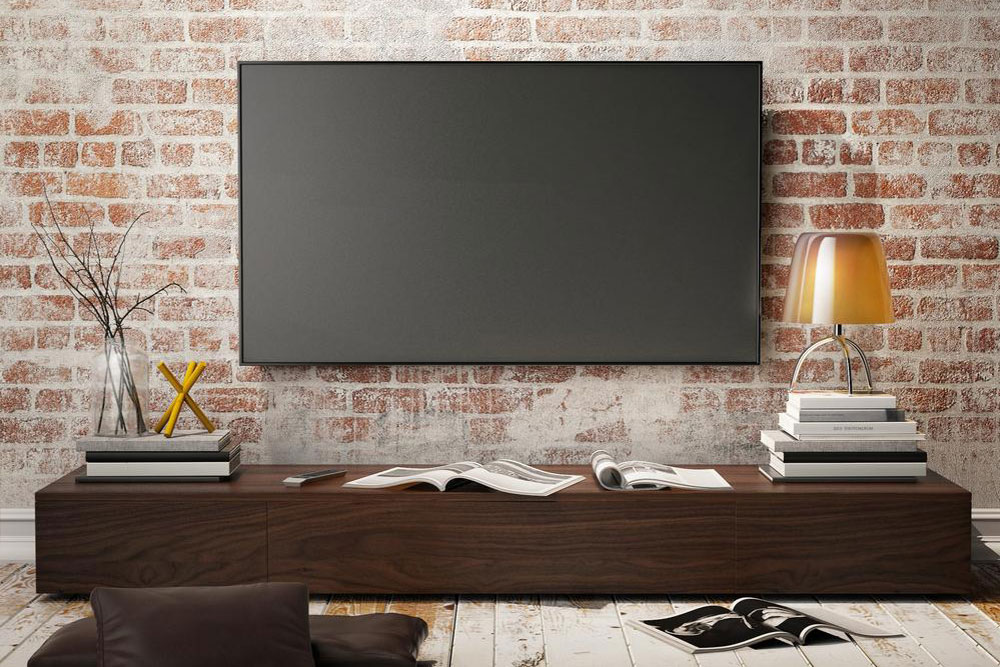The Progression of Television Technology: A Comprehensive Historical Overview
This article explores the extensive evolution of television technology, highlighting key innovations like HD and 4K displays, digital recorders, smart features, and modern design trends. It discusses how leading brands have continually advanced TV features to meet consumer needs, transforming television into a comprehensive entertainment hub. Despite digital and mobile device competition, TVs maintain their popularity worldwide, thanks to larger screens, immersive visuals, and integrated multimedia capabilities, making them essential in today's digital lifestyle.

The Evolution and Innovation of Television Technology Through the Years
Television technology has undergone remarkable transformations since its inception, continually pushing the boundaries of what we expect from our viewing devices. From early monochrome sets to the stunning high-definition (HD) displays of today, each milestone has contributed to the immersive entertainment experience consumers enjoy now. Major technological advances such as the transition from analog to digital broadcasting, the rise of smart TVs, and the development of 4K and 8K resolutions have all played pivotal roles in shaping this evolution.
Modern televisions are no longer just screens; they are sophisticated multimedia hubs capable of streaming native content, integrating with smart home devices, and providing interactive experiences. Leading electronic brands such as Sceptre, Seiki, Sigmac, Sunbrite, Polaroid, and others have continually innovated, offering consumers a broad spectrum of options—from LED and LCD models to ultra-wide screens that bring cinema-quality visuals into homes. These technological breakthroughs have significantly increased television's popularity and importance in daily life, making it a central entertainment and information source globally.
Enhanced Visual and Audio Quality: The transition from standard-definition to high-definition (HD), 4K, and now 8K television displays marked a huge leap forward in viewing clarity and immersive experience. Early HD sets, once a luxury, became more accessible due to increased production efficiencies and market demand. With higher resolutions, viewers indulge in incredibly crisp images, vibrant colors, and superior contrast ratios, revolutionizing home entertainment. Additionally, advanced audio technologies such as Dolby Atmos and surround sound systems complement visual improvements, creating a theater-like experience.
Innovative Technologies Transforming Viewing Habits: The incorporation of digital technology, including Digital Video Recorders (DVRs), has changed how audiences consume content. DVRs allow viewers to record, pause, and replay live broadcasts, making television more personalized and flexible. Coupled with the rise of streaming platforms offering Video-on-Demand (VOD) services, the traditional TV model has evolved into an internet-connected, interactive experience. Smart TVs seamlessly merge traditional broadcasts with internet streaming, apps, and gaming capabilities, further enhancing versatility and user engagement. Leading brands like Polaroid have pioneered this integration, setting sales records and redefining consumer expectations.
Despite the advent of smartphones and portable devices, the popularity of televisions remains strong worldwide. Consumers increasingly prefer larger screens—ranging from 55 inches to 85 inches and beyond—creating home theater atmospheres that rival movie theaters. Manufacturers adapt by incorporating the latest technological trends, including OLED displays, quantum dot technology, and enhanced connectivity features, to meet this growing demand. Today's consumers cherish high-quality visuals combined with immersive sound, turning their living rooms into personalized entertainment centers. Whether for casual viewing, gaming, or streaming high-budget content, televisions continue to be an essential fixture in modern households, symbolizing technological progress and entertainment innovation.





